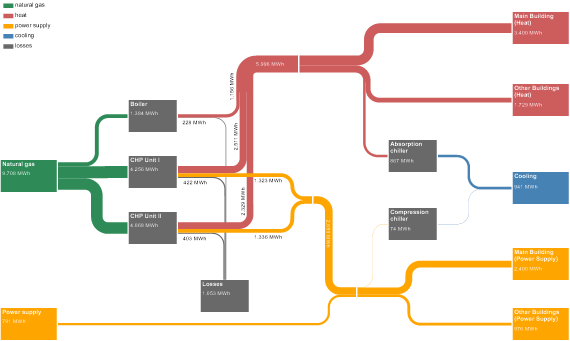Sankey Diagrams for Energy Management
Energy Management according to ISO 50001
Implementing a corporate energy management (CEM) puts you in the lead to reduce energy costs and increase energy efficiency. Thus companies can save a considerable amount of operating costs and make the company more sustainable.
In Europe many companies have already successfully set up an energy management system (EnMS) according to ISO 50001 and have achieved certification. The ISO Survey for 2014 reports more than 6700 companies with a certified ISO 50001 energy management system (out of which 3400 alone from Germany). Thailand, Taiwan and South Korea are also front-runners in regard to energy management systems. Even though the U.S. Department of Energy encourages energy-intensive industries and fosters CEM programs, the number in the United States is below one hundred.
Practical implementation of measures
Energy efficiency is the goal. Saving money the motivation. With an energy management system implemented, the energy efficiency of companies and organizations can be continuously improved, and will contribute to a more sustainable production.
An energy audit (in Europe according to EN 16247) can be a first step to get started with energy management, and it can lead to the first practical implementation of measures to reduce energy consumption and energy cost.

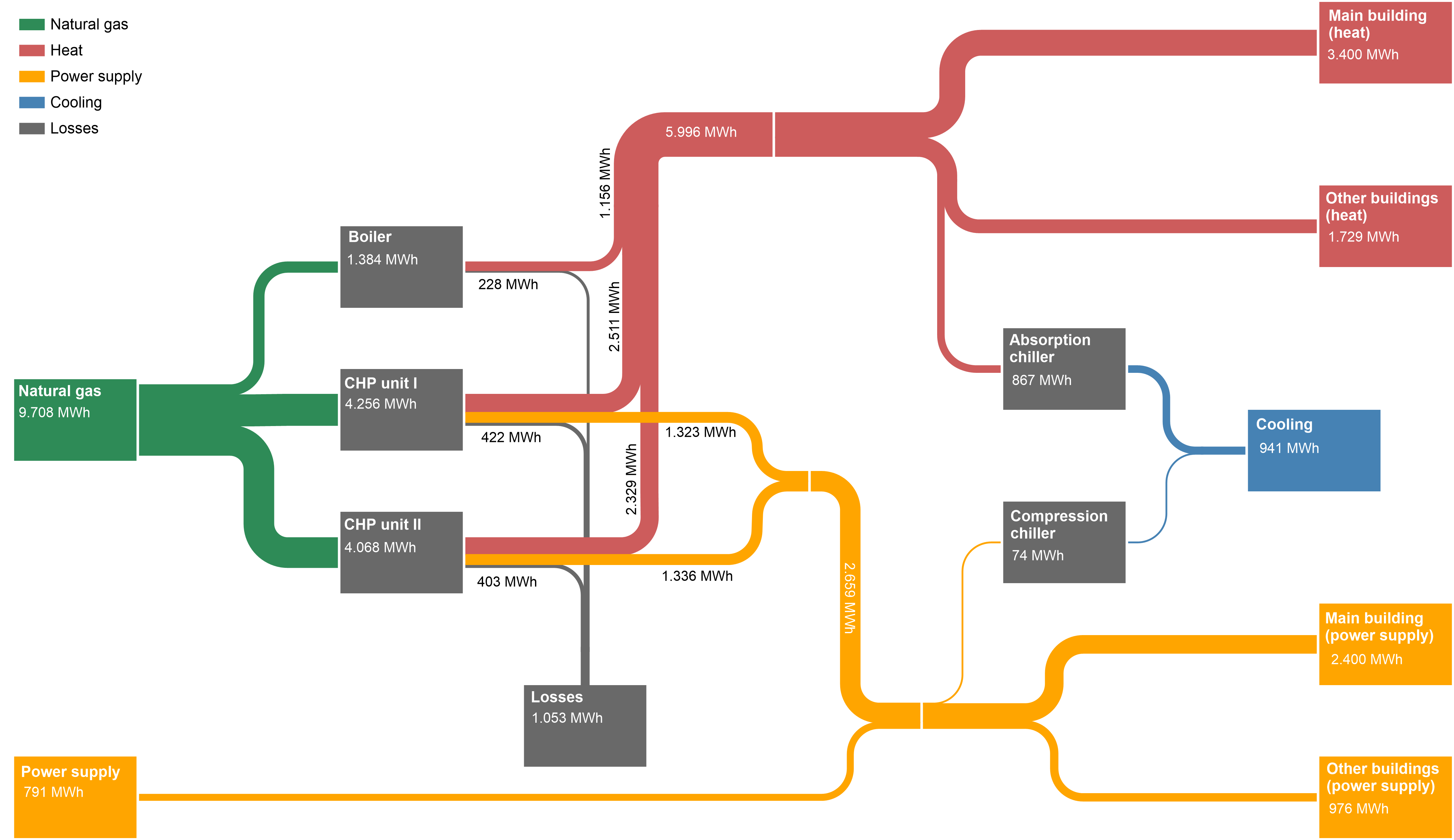
Visualization of Energy Flows
A systematic collection of energy flows, and their clear visualization in form of energy flow diagrams (Sankey diagrams) is a crucial factor to success.
Sankey diagrams are used, both, for showing the current status of actual energy consumption, as well as to visualize future planned situations with energy reduction measures implemented. Energy flows are typically broken down to the individual sectors of the company (plants, departments, buildings), or grouped by equipment.
e!Sankey, as a specialized software for drawing Sankey diagrams is a valuable support for visualizing energy flows. Energy flow diagrams are a great tool within the energy management project team, as well as for communicating successful results to external stakeholders, e.g. in a report or presentation.
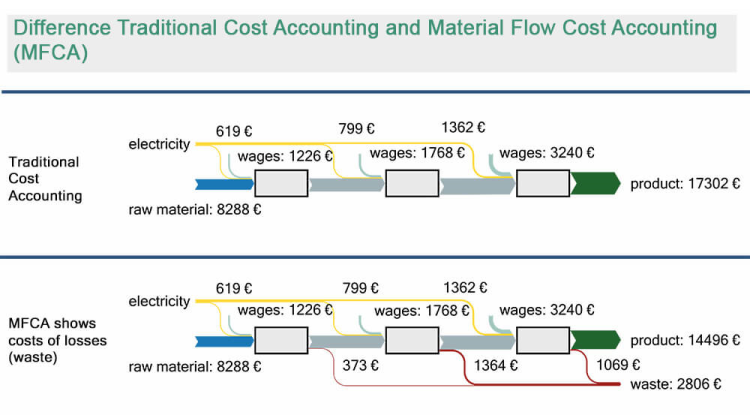
Analysis and identification of savings potential
By analyzing the entire production system in detail, you can find optimization potential and uncover hidden losses.
Using the concept of so-called material flow cost accounting (MFCA), you evaluate losses not only in terms of material value but also in terms of the energy used across the individual production steps.
Only by taking a combined look at material and energy consumption throughout the entire value chain can potential savings be realized.
➠ Energy efficiency is thus directly coupled to material and resource consumption.

Our software to support your energy management
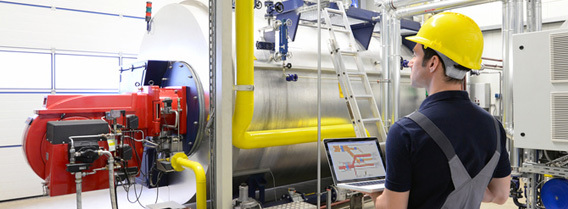
Visualization of the energy consumption
A first important step is to take stock of the energy consumption in the company.
With our e!Sankey software, you can visualize your energy flows with the help of Sankey diagrams. Thus, the actual state can be recorded and hot spots can be identified.
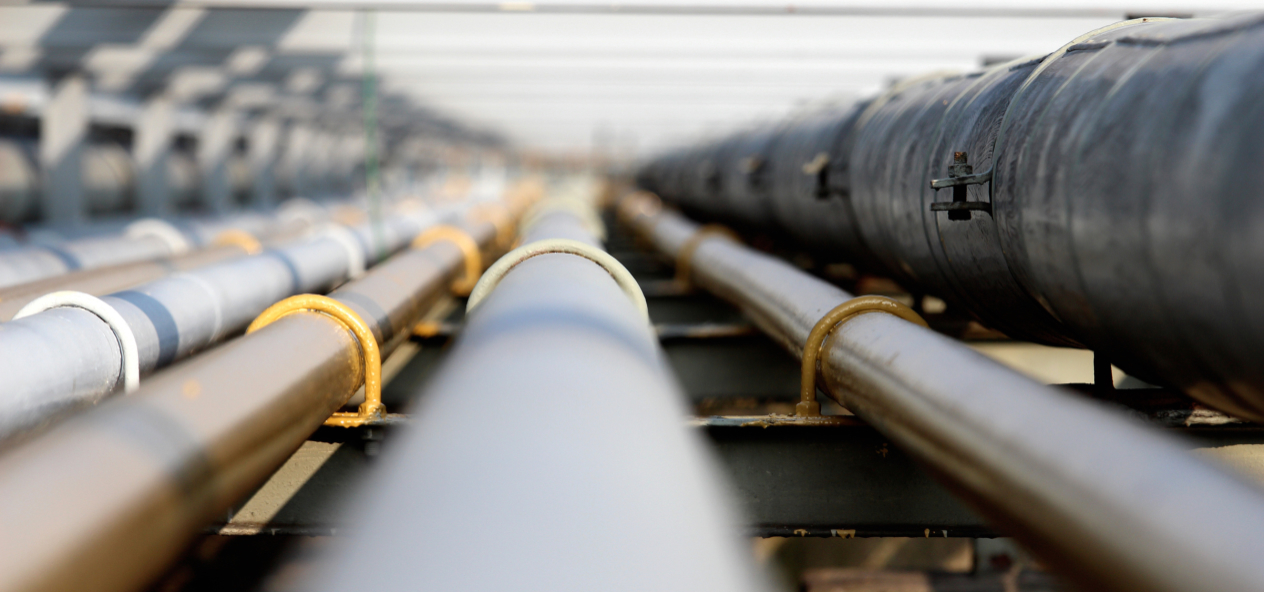
Analysis of your production system
In addition to direct measures to reduce energy consumption, such as thermal insulation, optimized heating technology or more efficient lighting, there is a lot of potential for savings in the production processes themselves.
With our Umberto Efficiency+ software, you can analyze your processes in depth and uncover hidden losses in material and energy consumption.

